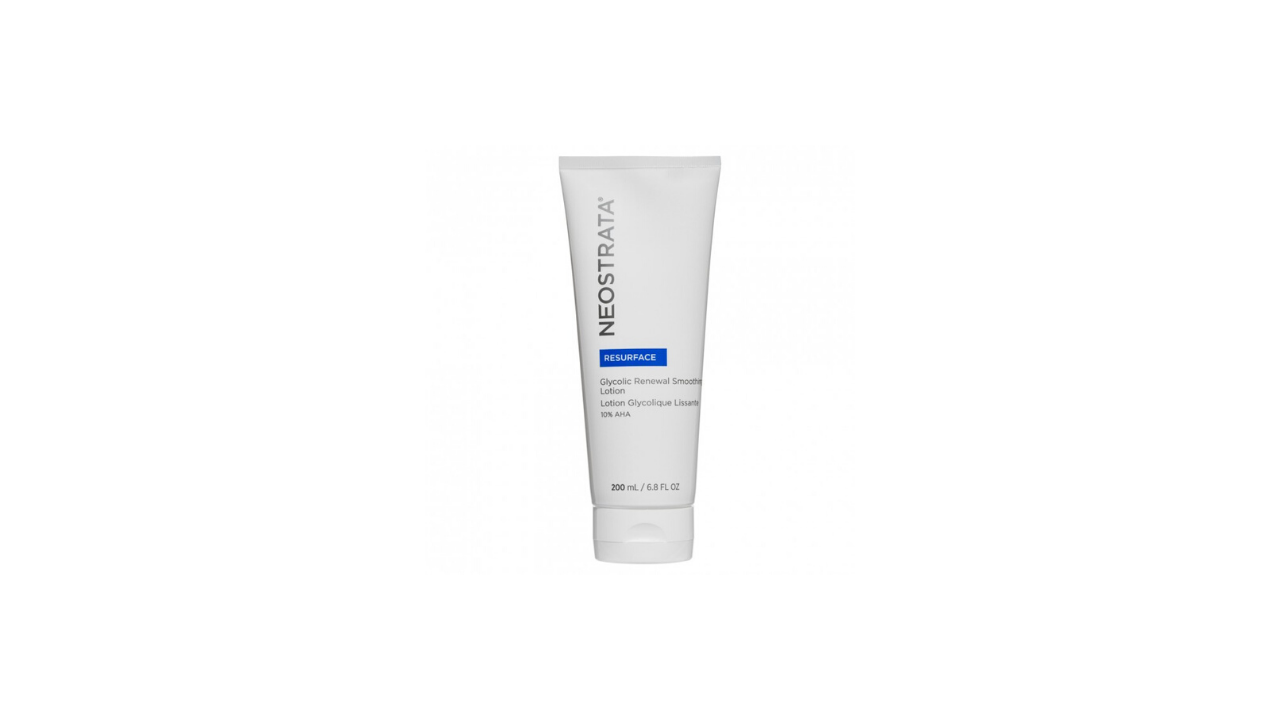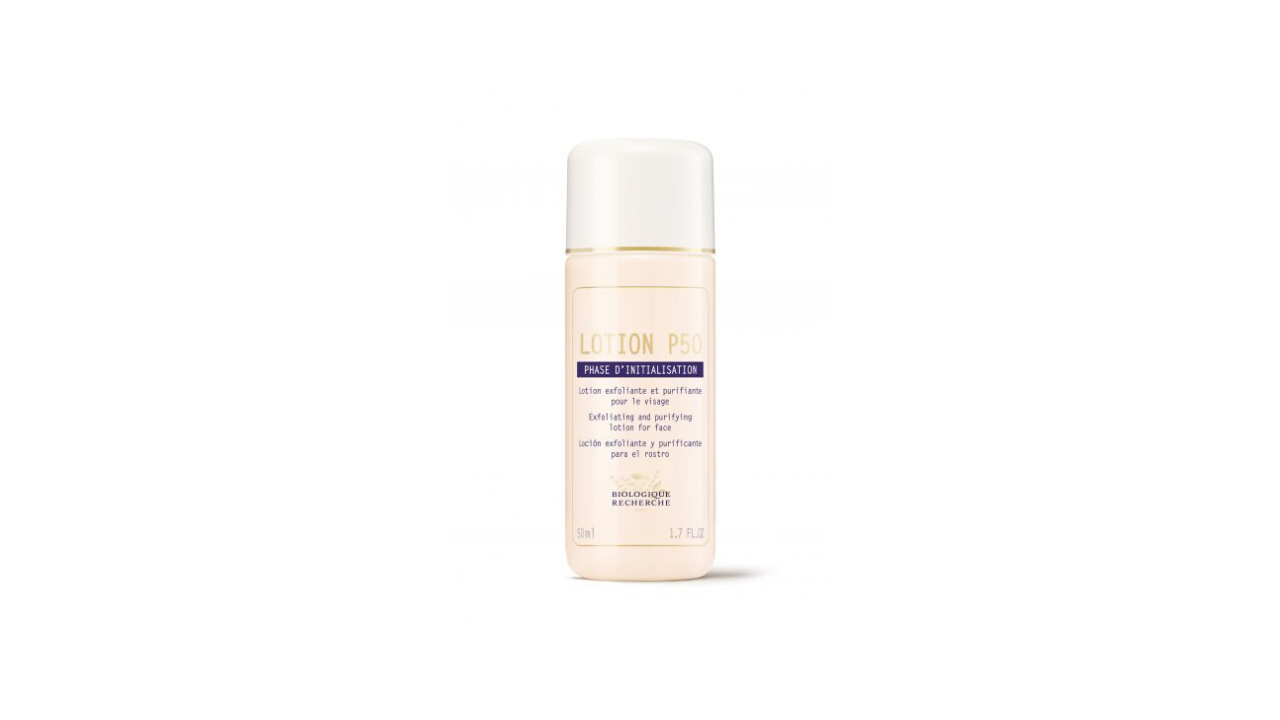News feed
Exfoliation is a little bit scary. The sloughing off of dead skin to reveal shiny new cells is magic, but if you overstep the mark, the consequences can be dire. Redness, irritation and impaired barrier function are not our friends, so it’s important to properly educate yourself on the how’s and why’s of exfoliation, the chemical kind in particular.
Neostrata is an iconic skincare brand with its roots in exfoliation (also, it just re-launched in Australia). Its founders actually discovered Alpha-Hydroxy Acids – a now commonly used method of exfoliating – and pioneered their use in skincare. Today, they even own the patent for Glycolic Acid and license it to almost everyone in the beauty game. Barbara Green is Head of R&D at Neostrata and a bonafide expert when it comes to exfoliation, which is why we picked her brain and asked her to map out everything there is to know. From dosage to method to frequency, the interview below is your crash course when it comes to being baby-faced, all the time. Read, share and bookmark for future reference.

READ: LESSONS IN GOOD SKIN: WHAT IS RETINOL, REALLY?
GRAZIA: What are the differences between chemical and physical exfoliation?
Barbara: Chemical and physical exfoliation both remove dead skin cells, however chemical exfoliation “unglues” dead skin cells, while physical exfoliation scrubs them away. Chemical exfoliants (like AHAs and BHAs) will also provide additional skincare benefits by rejuvenating the skin’s epidermis, reducing the appearance of pores, fine lines and wrinkles. Physical exfoliation can sometimes also be too harsh for the skin if the exfoliant is rough or jagged.
GRAZIA: What is the difference between an AHA and a BHA?
Barbara: Chemically, AHAs and BHAs get their names from the placement of their hydroxyl group on the molecule. AHAs such as Glycolic acid and Mandelic acid work by ungluing the cells of the upper layers of the skin by targeting bonds between the surface cells. A commonly known BHA such as Salicylic acid acts by dissolving the skin in an undifferentiated manner. Citric acid is chemically classified as both an AHA/BHA, however it behaves similarly to Glycolic acid with an additional antioxidant benefit.
GRAZIA: Do you feel one is better than the other, or does it depend on the skin?
Barbara: For anti-ageing products it is preferred to use AHAs as the benefits include evening skin tone, smoothing skin’s texture, reducing fine lines and wrinkles. Mandelic acid can also be used for oily and acne prone skin as it is an oil-loving AHA.

READ: EVERYTHING YOU NEED TO KNOW ABOUT ACIDS
GRAZIA: It can be easy to overdo it when it comes to acids. What are your tips for using them safely and effectively?
Barbara: Make sure to use AHAs from a trusted brand. AHAs need to be formulated at the right pH in order to balance efficacy and safety. Too low of a pH and the product could be too irritating to use and too high of a pH and the product will not be effective. The founders of Neostrata discovered the benefits of AHAs for skin, therefore we understand the exact formulation parameters and even add additional ingredients for improved tolerability while maximising efficacy.
GRAZIA: What issues do you see in terms of use of acids in skincare?
Barbara: Using too much too quickly is the number one issue. Your skin will need to be acclimated to any high strength regimen. It is common to see people start with an entire regimen of acids without acclimating their skin first by adding them one at a time. Also, more of the same ingredient does not always mean better.
GRAZIA: For first-time users, what’s your best advice?
Barbara: If you are a first-time AHA user, start slowly. It is recommended to start by introducing one product at a time until your skin gets acclimated to the acids. You can also step up to a higher strength acid formula over time as tolerated (such as the Neostrata Lotion Plus). If you have sensitive skin, use PHAs, or polyhydroxy acids before you consider adding AHAs later for an extra boost. Mind you, PHAs offer similar anti-ageing benefits to AHAs, plus additional benefits around supporting skin’s moisture barrier so they are suitable for sensitive skin all the time.
SHOP THE ACID EDIT

Neostrata Resurface Glycolic Renewal Smoothing Lotion, $65. SHOP NOW
Glow Recipe Watermelon BHA+PHA Toner, $54. shop now
Neostrata Resurface Lotion Plus, $75. SHOP NOW

Biologique Recherche P50. SHOP NOW









